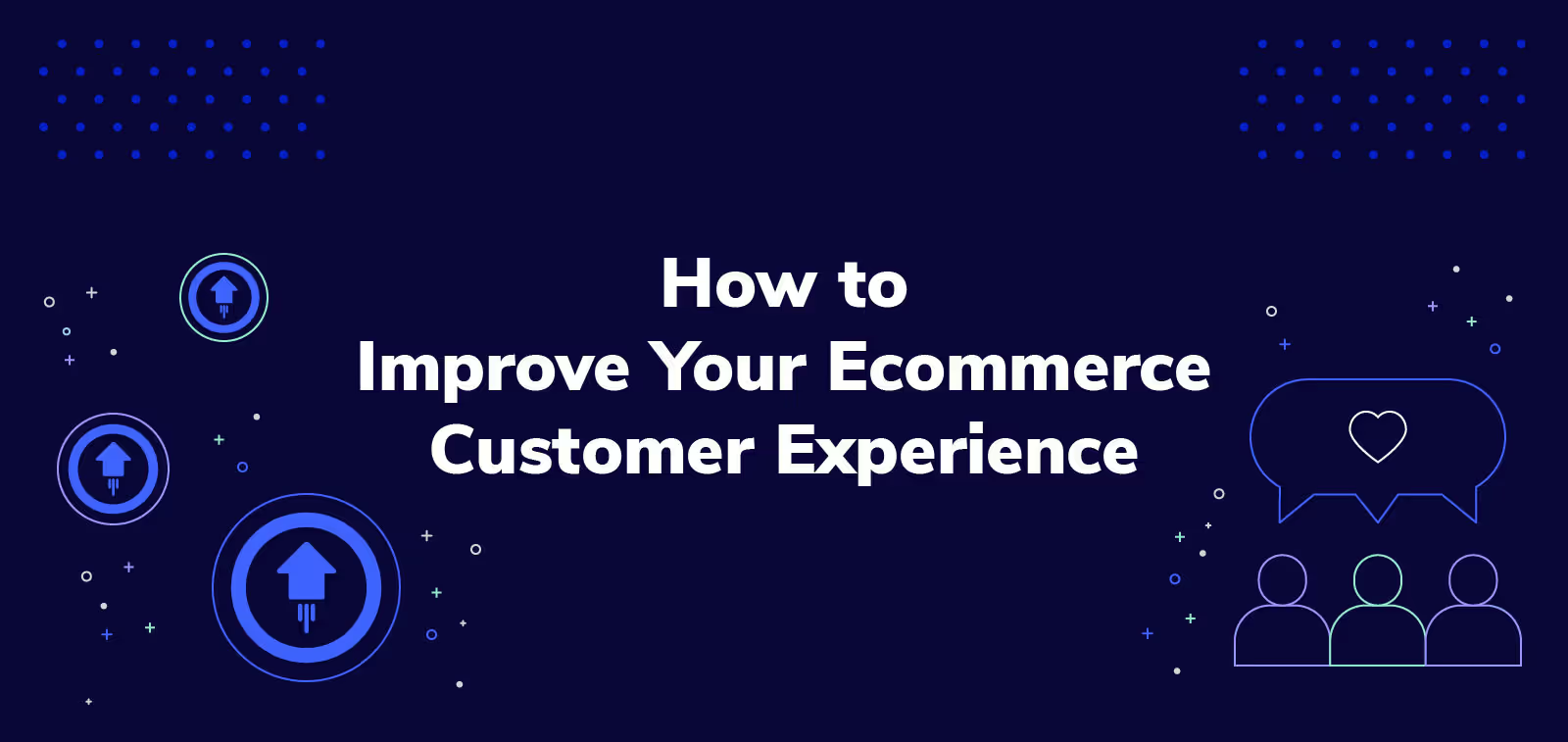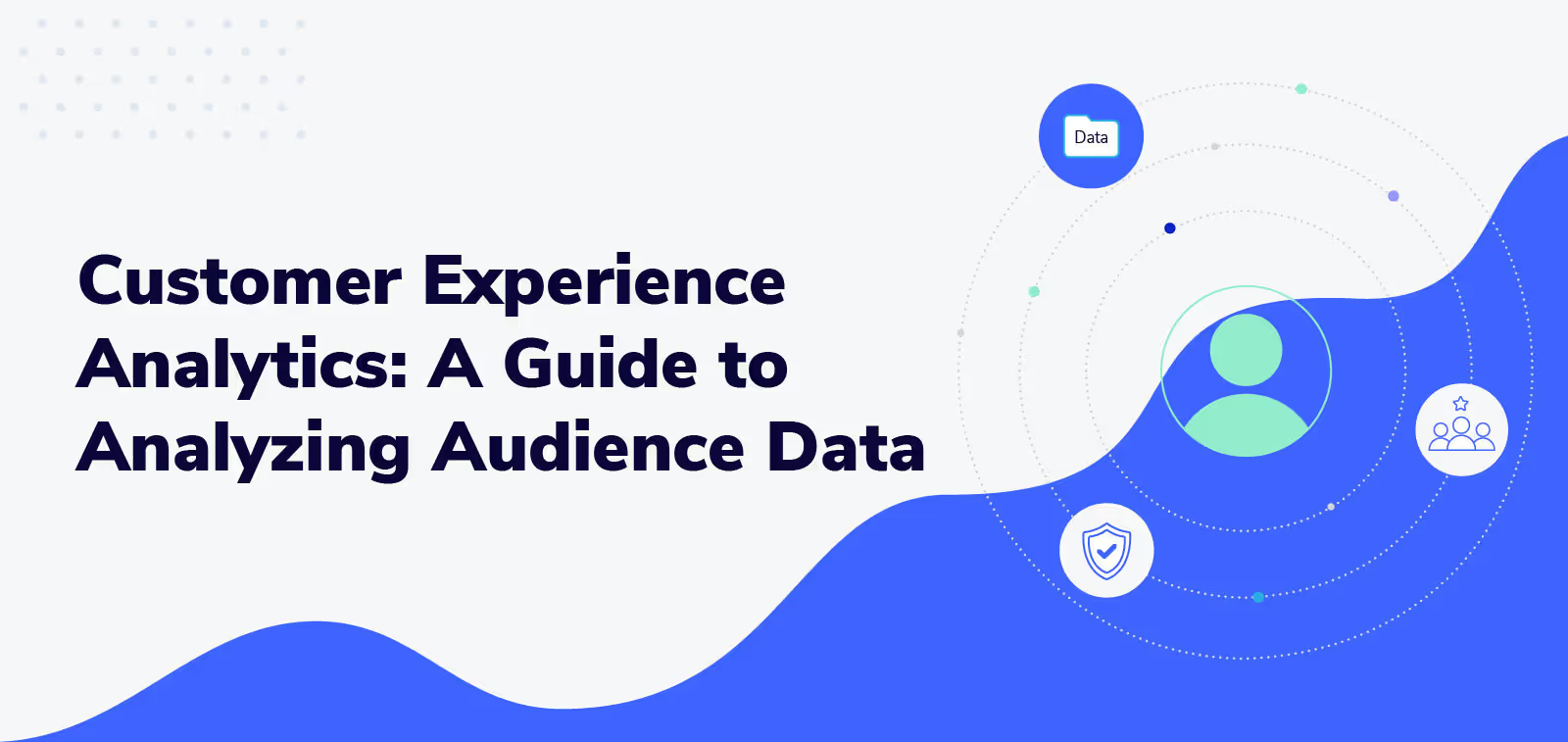Factors That Impact Customer Effort Score — And How to Improve It

In June 2022, Sydney McLaughlin broke the 400m hurdles world record for the third time in a single year with a time of 51.41 seconds. It was the result of an incredible amount of effort: a 6 am start every day for years, plus multiple hours of training and countless personal sacrifices.
If humans are capable of such extraordinary feats of will like repeatedly beating a personal best, why do so many shoppers seem incapable of making it through the checkout process for a product they want?
It’s about the amount of effort they have to put in to get what they want. Some, like McLaughlin, thrive on those early mornings and huge amounts of effort invested to reach a goal. But for most, especially your ecommerce customers, easy is better.
That’s where your customer effort score (CES) comes in. Like net promoter score (NPS) and customer satisfaction (CSAT), your CES is a numerical measure. However, it focuses on the level of effort it takes for shoppers to complete a particular shopping task, such as checking out or getting an issue resolved with the help desk. Get it down, and you should get more shoppers across the finish line of the customer journey.
Of course, tracking your CES is good, but not enough. You need to understand the factors underlying your CES and work systematically to improve it. Real opportunities to cut down CES with technology exist now.
How to calculate customer effort score (CES)
First, you run a customer effort score survey. Your CES survey can be done via post-purchase email or on-page surveys.
If you’re interested in the CES score for your checkout process, you might ask, “How easy was it to complete your purchase today?” and present the customer with a numerical range below. That range is normally a five- or seven-point scale of how easy-to-hard it is to complete the task you’re interested in. A lower score means the task is easier. That’s better, as it means customers are more likely to have a better experience and complete purchases, raising more revenue.
Note: Some businesses invert the scale, with ‘7’ representing the least effort and ‘1’ the most.
While you can ask follow-up survey questions to gather further customer feedback, it’s best to wait to show these questions to the customer until after they’ve answered your first question. By only displaying one question to begin with, you make answering seem a low-effort experience for your customers. This leaves them more likely to engage.
You can gain further customer insights through other surveys and customer experience metrics, too. Not everything needs to fit into a single survey. Check in with your customer service or customer success team for faster and more detailed insights into the user experience.
The numerical average of the answers you receive is your CES score. To find the average, add the values of the responses together, then divide by the number of responses.
In practice, customer effort score calculation can be done in a CRM, a spreadsheet, or a survey tool. Of course, you can also do it manually:
CES = Sum of Total Responses / Total Number of Respondents
What rates as a good customer effort score varies by industry and sector. However, the output of this formula is a single-metric benchmark that you can use to measure the customer effort required to complete tasks at various touchpoints.
Try to calculate your CES scores at regular intervals — like once per month — and after major changes or updates that could affect your score. If you find your CES score climbing, it’s time to eliminate pain points. On the flip side, an improved CES score can relate to a higher customer satisfaction score, as well.
Factors that affect CES and how to overcome them
It is often simply assumed that the number of clicks it takes for a customer to complete a task directly correlates with CES. However, a big and often overlooked factor in high-effort scores is confusion and disorientation rather than the extent of required customer interaction.
Long or complicated checkout processes
Longer checkout processes that require more form filling and involve multiple pages (cart confirmation, shipping, billing, upsells, etc.) increase the effort required and can add to disorientation.
This is a clear example of where CES connects with other important metrics like conversion rate. Baymard Institute eCommerce user testing revealed that 17% of users who abandon their cart do so because the process is too long or complex.
Tactics to mitigate this issue are often simple. For instance, give customers a checkbox to say that their delivery address is the same as the billing address. You can also let people check out conveniently with Google Pay, PayPal, Stripe, or Apple Pay so they don’t have to manually enter credit card info. Another option is to consolidate all the steps in the process into a simple one-page checkout.
Excessive wait times for customer support
People hate to wait. And waiting when you’d prefer not to is an effort. Zendesk’s 2022 CX trends report found that 76% of customers say they “expect to engage with someone immediately when contacting a company.”
Customers are usually on hold to have an issue resolved. That means their customer experience (CX) has already been impacted, with potential damage to customer satisfaction. Resolving the issue quickly can address this. Salesforce research found that 78% of customers say they will forgive a mistake after getting “excellent service.”
Quickly getting answers to customers is possible in most cases since few issues are unique. You can use chatbots to answer the majority of simple issues, freeing up the customer support team to tackle tougher problems. You can also speed up human agent responses with tools like Zendesk’s Knowledge Capture app, which lets agents quickly surface needed information.
A neglected post-purchase experience
Customer satisfaction is as much driven by what happens after purchase as before it. As a result, reducing your CES for post-purchase activities can lead to a big positive impact.
Your post-purchase can become neglected if all focus is placed on getting someone to check out. Customers are less likely to buy again if their post-purchase experiences are hindered by high-effort CES. This, in turn, can harm retention.
But an effortless experience can extend to post-purchase tasks, too. You can ask customers for less effort while simultaneously improving customer loyalty. For example, you can drive down CES by making it simple to file product protection claims. Extend’s virtual assistant allows customers to file hassle-free claims online 24/7, and 95% of claims are processed within 60 seconds.
Schedule a demo to learn more about making the customer experience smoother with product protection.
Aaron Sullivan is senior content marketing manager at Extend. He specializes in writing about e-commerce, finance, entertainment, and beer.
.svg)






























